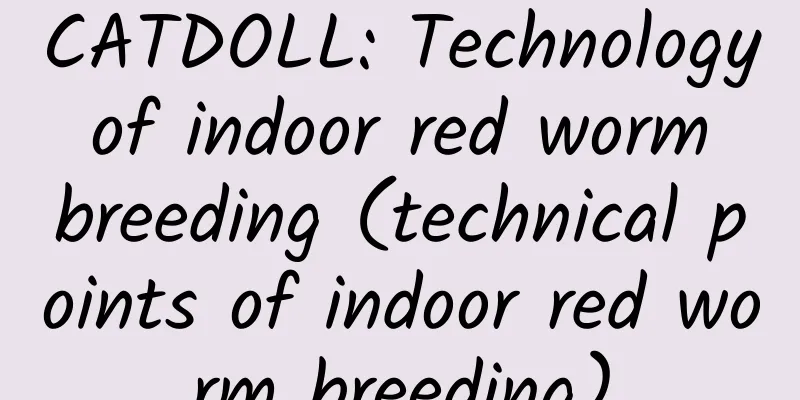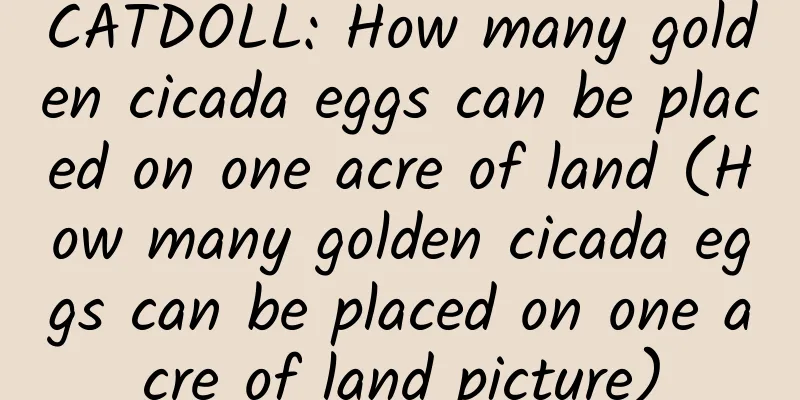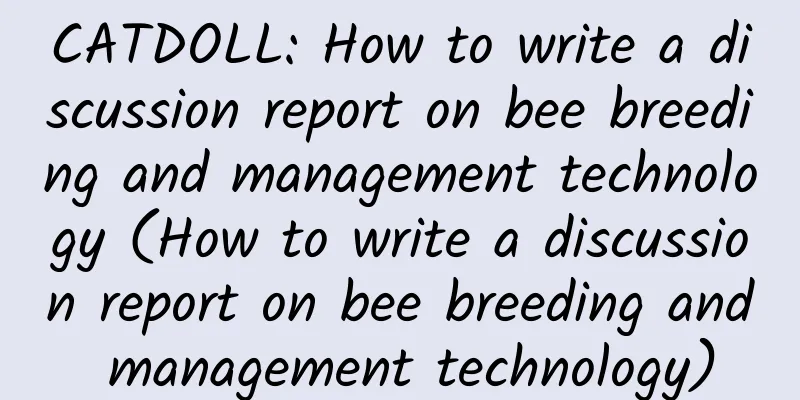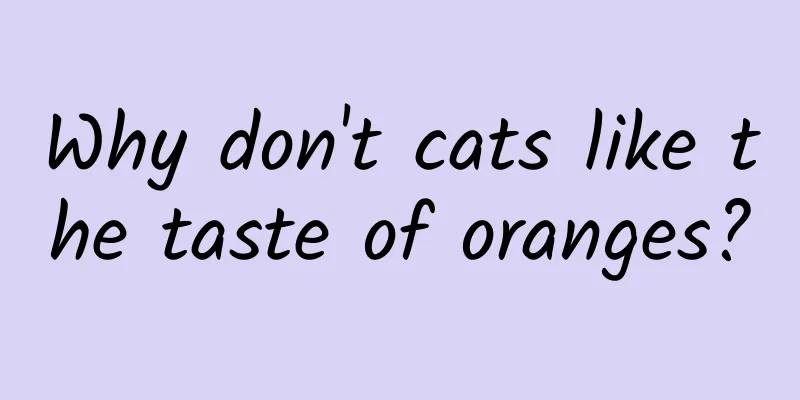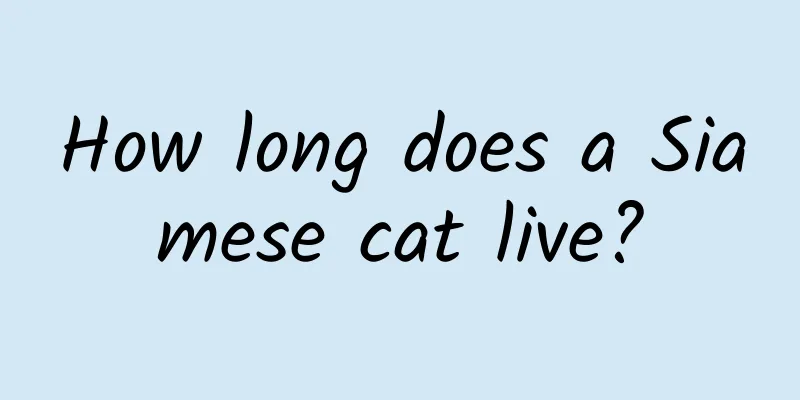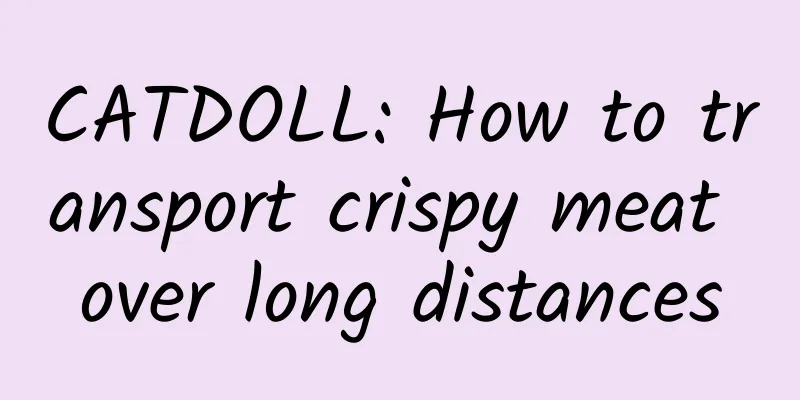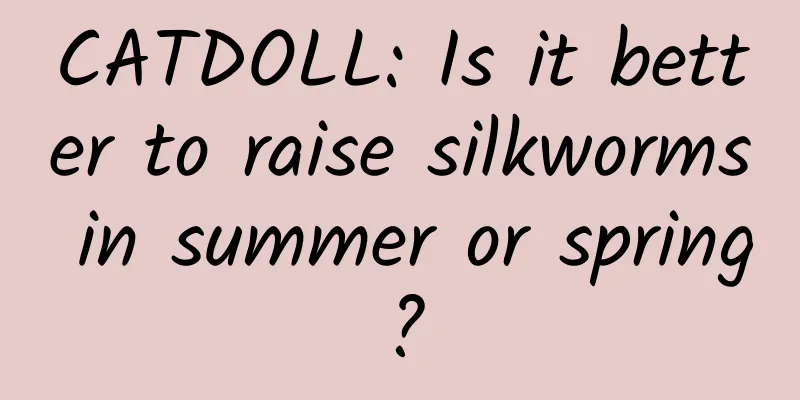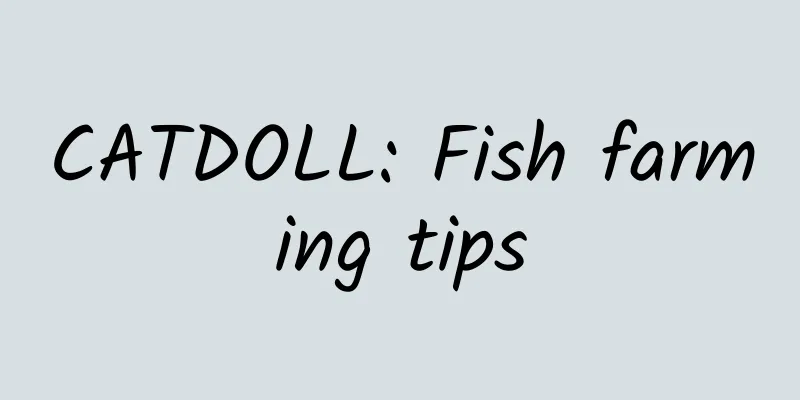CATDOLL : CATDOLL: Hornets are flying everywhere in summer. How can we prevent them from disturbing bees?
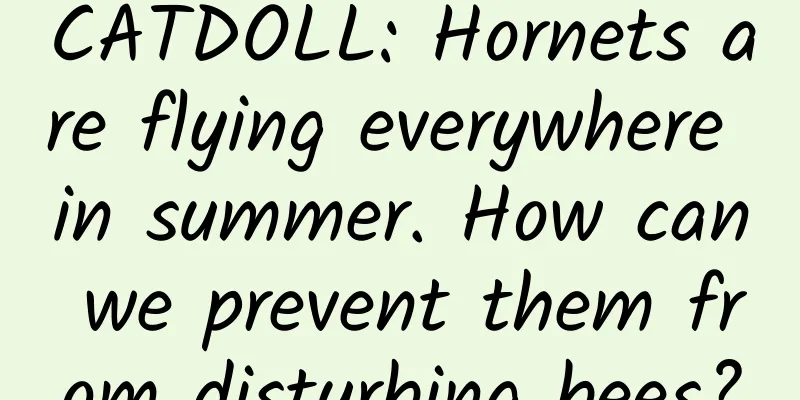
1. Hornets are flying everywhere in summer. How to prevent hornets from disturbing bees?Hello everyone, welcome to read my article. Today is another day of popular science. Today I am studying how to prevent wasps from disturbing bees in summer when they are flying everywhere. July has arrived. The rising temperature has also brought about a decrease in the source of nectar and pollen. The food that wasps can easily obtain has decreased, so they have begun to turn their targets to bees. If prevention and control are not timely during this period, it is easy to cause the wasps in the bee farm to proliferate, causing heavy losses to the bee colony. Today I will share with you a method of preventing and controlling wasps that my friend has personally tested and found to be effective. 1. Make the key tools first -- Wasp trap. The wasp trap is very simple to make. You only need to prepare a waste plastic beverage bottle (such as a large barrel of Sprite bottle), and use scissors to cut the bottle near the narrowing point to form a cylindrical bottom and a funnel-shaped top. Don't use the bottle cap, and put the funnel-shaped top bottle mouth down on the cylindrical bottom, fix it, and a simple wasp trap is ready. 2. Make attractants Since wasps mainly feed on meat, fruit, and nectar, you can put these foods or liquids with a sweet and sour fermented smell in the trap as attractants. My friend gave me a suggestion for the ratio of attractants, which you can use as a reference: half a pound of sugar, half a pound of water, and three ounces of vinegar. 3. Place 1-2 wasps (dead or alive) in the trap It is strange to say that, with the same traps and the same attractants, in a bee farm, some traps can catch many wasps, while some traps can catch none at all. After observing for a period of time, it was found that the waiting time is often the longest when catching the first few wasps, but as long as there are wasps in the trap, more and more wasps will rush to the same trap. We speculate that it may be that the first wasps will secrete some pheromones, or that wasps also need pioneers, and only after seeing companions in the trap will they feel more confident and bold to come in. Therefore, it is recommended to put 1-2 wasps in the trap, which can also serve as an attractant. You can stun the hornets, then catch them and pile them up on the lid of the beehive. This will effectively prevent hornet infestations. It needs to be managed regularly and removed in time so that the problem can be better solved. You can use the slapping method, you can use a wooden board to slap the wasps near the bee farm. This can effectively remove the wasps. It needs to be beaten, and some wooden boards can be used to beat it, which can effectively solve this problem. 2. The difference between wasps and hornets. Are wasps beneficial insects or pests?There is no difference between wasps and hornets. Simply put, wasps are hornets, just with different names. What people often say "poking a hornet's nest" actually refers to the wasp's nest, which goes through four stages in its life: egg, larva, pupa, and adult. From a biological definition, wasps belong to the suborder Vespidae, and representative species include golden ringed vespa, black tailed vespa, etc. All wasps are social insects and make nests for a living. 1. The difference between wasps and hornets 1. There is basically no difference between wasps and hornets. Wasps are another name for hornets, just with different names. The common saying "poking a hornet's nest" refers to the nest of wasps. Its life cycle goes through four stages: eggs, larvae, pupae, and adults. Each bee colony is composed of queen bees, worker bees, and drones. The queen bee is the female bee, and its role in the bee colony is reproduction. Drones can mate with female bees in the same or different nests, and they will die after mating. Worker bees are the main labor force of the bee colony, and they undertake a lot of work in the bee colony. There are poisonous stingers on their tails. 2. From a biological definition, wasps are a general term for the Vespidae family of the suborder Vespa. The more representative species include the golden ring wasp and the black tail wasp. All wasps are social insects and make nests for a living. The hive of a small wasp is very similar to an upside-down lotus pod. The hive of a large wasp is much more complicated. It is surrounded by a paper shell on the outside and is mainly divided into many layers inside. The entrance of the nest is generally located at the bottom of the hive. All wasps enter and exit the hive through this nest entrance. In terms of diet, they generally feed on insect larvae, and will prey on bees in large numbers during food shortage seasons. 2. Are wasps beneficial insects or pests? 1. Wasps are beneficial insects to humans, because they are typical predatory bees, and in nature they mainly feed on moths, butterflies and larvae of the Lepidoptera. These Lepidoptera insects and larvae are very harmful to agricultural production, so from the perspective of benefits and harms to agricultural production, wasps are beneficial insects. 2. Wasps also have a harmful side, because they can harm the ripe fruits of many crops, such as peaches, pears, persimmons and other fruit trees. When they are ripe, they are easily harmed by wasps. In the season of food scarcity, wasps will also attack artificially raised bees, but from the overall perspective of benefits and harms, wasps are still among the beneficial insects. 3. Wasps are typical omnivorous insects, mainly feeding on small insects and larvae of Lepidoptera such as moths and butterflies, and sometimes also eating nectar and ripe fruits of various plants. In fact, many large wasps are partial predators. In mountainous areas, large wasps mainly prey on small wasps, especially in the season of food scarcity, they are more likely to concentrate on killing bees. 3. What are the enemies of bees?Amphibians: frogs and toads; Insects: wax moths, Vespidae, Scarabaeidae, Odonata and Mantodea; Birds: bee-eaters; Mammals: bears, yellow-throated martens, weasels, rodents, hedgehogs, anteaters and primates, etc. The various stages of the greater wax moth (Quoted from 1999 Beekeeping Manual/Yuan Yaodong et al., 1999) Honeycomb damaged by greater wax moth wasp (Quoted from http://www.cctv.com/docu/special/C19398/20071116/108071.shtml) Animals that directly prey on and harass bees and cause harm to them are their enemies. Insects: nesting gnats, wasps, and ants; amphibians: toads; Mammalian animals such as rats, yellow-throated martens, and black bears are the main natural enemies of bees. In addition, dragonflies, cockroaches, robber flies, hawk moths, spiders and birds are also secondary natural enemies of bees. 4. What should be done if bees are eaten by wasps? What is the difference between bees and wasps?1. Reduce the size of the nest entrance: Only large hornets can cause harm to honey bees. You can reduce the size of the hive entrance to solve the problem of hornet attacks. 2. Manual swatting: When hornets approach the hive, use tools such as fly swatters to swatter them. 3. Destroy the hive: Use fire or water to destroy the hornet's nest. You can also tie poisoned meat to a hornet and let it take it back to the nest to poison other hornets in the nest. 1. What to do if bees are eaten by wasps 1. Reduce the size of the nest entrance During the peak period of hornet damage, the entrance of the beehive is reduced to a size that only allows bees to enter and exit. Only large hornets will pose a threat to the bees. After the entrance is reduced, hornets will not invade the beehive. The invasion of hornets into the beehive is almost devastating to the bees. 2. Manual beating During the peak period of hornet damage, stay near the beehive. Once a hornet approaches the beehive, use a fly swatter or other tools to swat it. Try not to let the hornet enter the beehive, otherwise the hornet will lead the hornets in the same nest to kill the honey bees after returning to the nest. When swatting the hornet, take protective measures to avoid being stung by the hornet. 3. Destroy the beehive (1) Track the hornets and find their nests, and destroy them with fire or water. When destroying the nests, take necessary anti-sting measures. Stings by highly toxic hornets such as the golden ringed hornet can even cause death. (2) Use an insect net to capture a hornet that has invaded a beehive alive. Use a thin thread to tie poisoned meat to the hornet's body. Then release the hornet and let it fly back to the hive. The hornets in the same hive will be poisoned to death if they eat the poisoned meat. 2. What is the difference between bees and wasps? 1. Different appearance (1) Honey bees are short and round in shape, with yellow-brown or dark-brown hair all over their bodies. They have an unclear waist and an oval abdomen with a ring-shaped color band. (2) Wasps are relatively thin and long in shape, with body colors mostly black, yellow, brown or a single color. Their waist is relatively obvious, and their abdomen is smooth or has pitting marks of varying sizes. 2. Different diets (1) Bees are typical vegetarian insects that feed on pollen and nectar from plants. When there is an abundance of nectar sources outside, bees can also turn nectar into honey and store it in the hive. (2) Wasps are typical omnivorous insects that mainly feed on Lepidoptera insects such as moths and butterflies, as well as nectar and fruits of plants. 3. Different nest quality (1) Bees use the wax secreted by the wax glands of the worker bees of appropriate age in the colony to build their hives. The entire hive is made up of one or more honeycombs that are perpendicular to the ground and relatively parallel. (2) Wasps build their nests out of a pulp-like material made by worker bees chewing dry plants and mixing it with their secretions. 4. Different temperaments (1) Bees are relatively docile in nature and will not attack easily except in very rare circumstances. (2) Hornets are rather aggressive and have a strong instinct to protect their nests. Some species even have a certain sense of territory. Anyone or any animal that gets too close to the hive may be attacked by the hornets. 5. Different toxicity (1) The venom of bees is relatively weak and slightly acidic. After being stung, you can simply wash it off with a weak alkaline solution. (2) Hornets are highly toxic and their venom is weakly alkaline. Being stung by a large hornet may even be life-threatening. There are reports of fatal hornet stings every year. |
<<: CATDOLL: How to distinguish good and bad red worms and common methods
>>: CATDOLL: Can the bee hives be moved in winter?
Recommend
Is Siamese cat good in temperament?
Siamese cats have a very good personality. Siames...
CATDOLL: How to treat diarrhea in piglets
Diarrhea in piglets is a common health problem th...
CATDOLL: How to keep clams alive for a long time?
1. Low temperature culture Razor clams prefer low...
CATDOLL: Which one is more profitable, planting Gastrodia elata or earthworms?
1. Which one is more profitable, planting Gastrod...
CATDOLL: Why does the dragon fish not like to eat?
Why does the dragon fish not eat? 1. Being fright...
CATDOLL: Treatment and prevention measures for piglet flatulence and diarrhea
Treatment of bloating and diarrhea in piglets Blo...
CATDOLL: What should you pay attention to when raising snails (What should you pay attention to when raising snails? To keep them alive)
1. How to raise snails? Open-air farming The open...
CATDOLL: How many golden silkworms are needed for one pound of silk?
1. How many silkworms are needed to make a silk q...
CATDOLL: When to raise silkworms (When is the best time to raise silkworms)
1. Which day and month can we raise silkworms? In...
CATDOLL: What should you pay attention to when raising earthworms in pots (What is the easiest way to raise earthworms at home)
1. Can earthworms be placed in potted plants? If ...
CATDOLL: Which braised river crab restaurant in Panjin is the most authentic?
Which braised river crab restaurant in Panjin is ...
CATDOLL: How to process and dry earthworms (How to process and dry earthworms so that they can be eaten)
1. How to process dried earthworms? The harvested...
CATDOLL: How to take care of red worms after you buy them home (How to take care of red worms after you buy them home)
1. How to store the frozen red worms you bought? ...
CATDOLL: What subsidies are there for raising Chinese honey bees (What subsidies are there for raising Chinese honey bees in Erdaojiang District, Tonghua)
1. What subsidies does the country provide for be...
CATDOLL: Time Passes by Forum
1. The Time-Like-Water Forum North China Institut...

